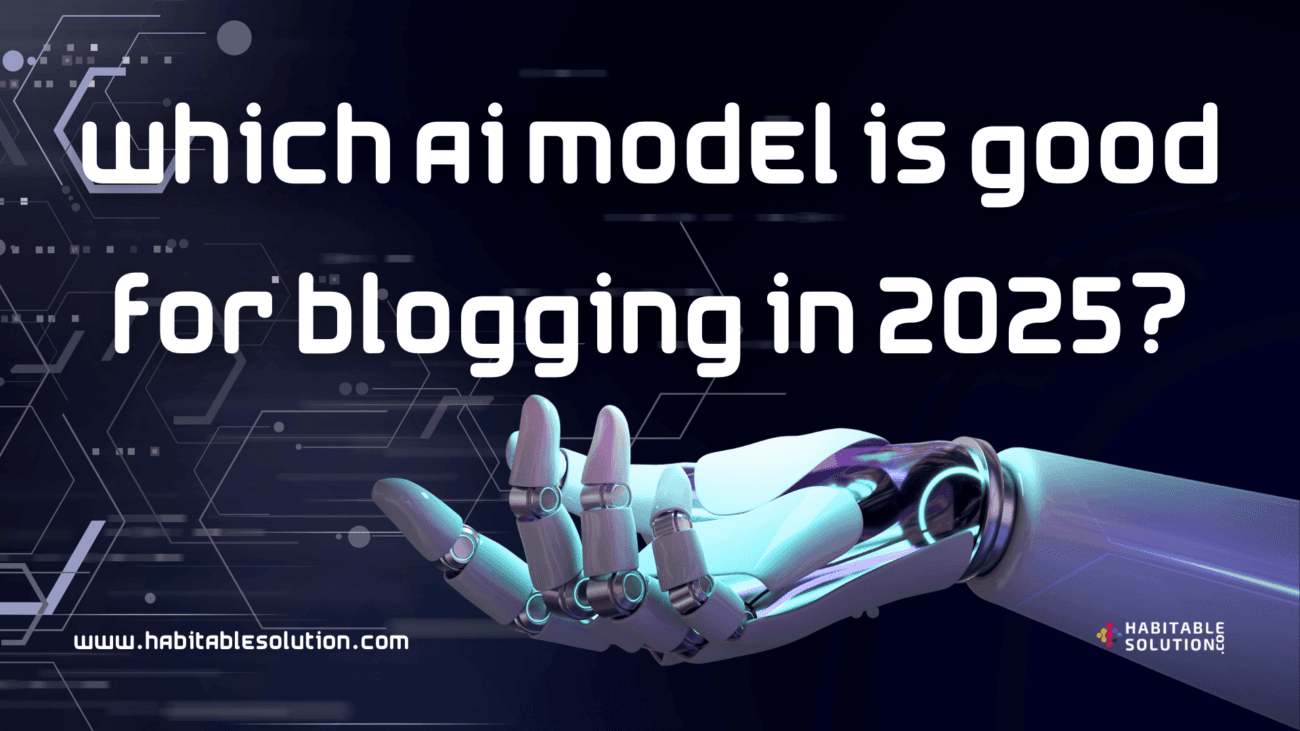Artificial Intelligence continues to shape our world at an unprecedented pace, and the latest developments are nothing short of extraordinary. In today’s AI news roundup, we’ll delve into groundbreaking revelations from OpenAI’s CEO Sam Altman about “perfect AI,” fresh details on the highly anticipated GPT-5, and Apple’s unexpected leap forward in the AI landscape. Prepare yourself for an exciting journey through AI’s latest chapter!
Sam Altman and the Quest for Perfect AI
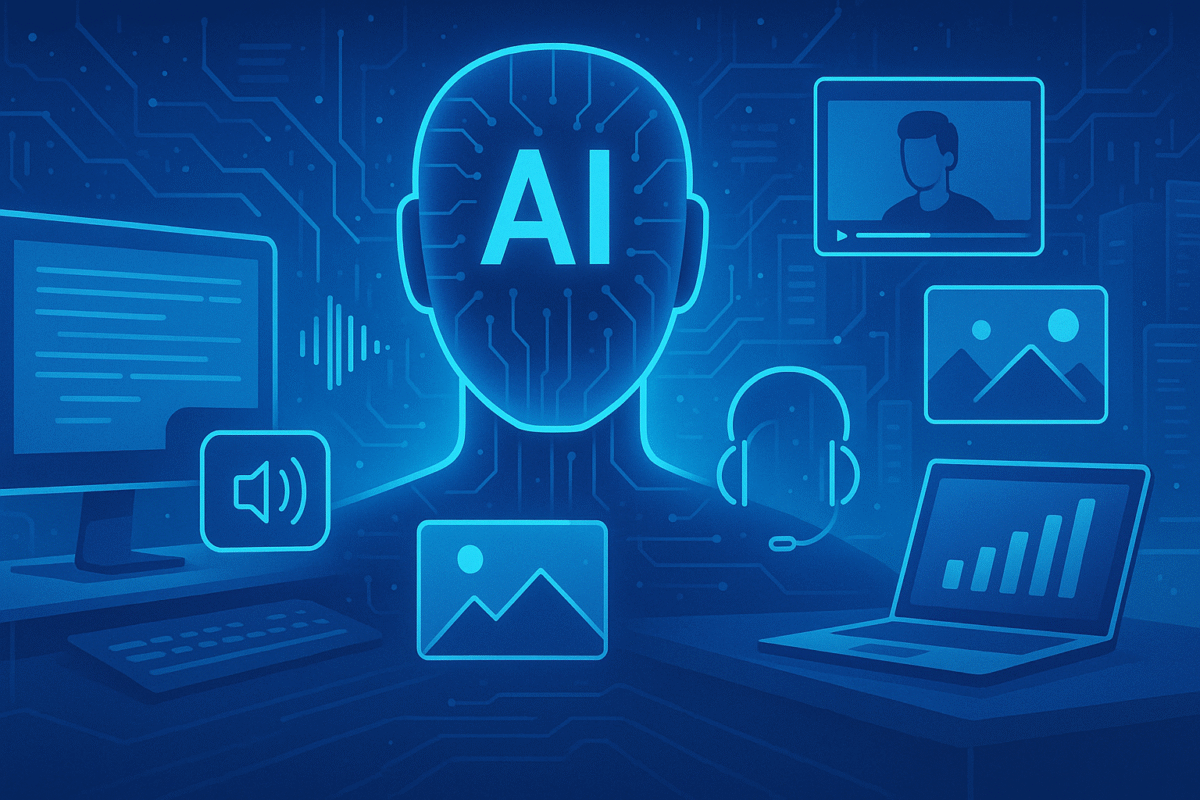
OpenAI’s CEO Sam Altman recently made waves by outlining his ambitious vision for “perfect AI,” a groundbreaking concept that’s turning heads across industries. But what exactly is perfect AI?
Altman describes perfect AI as artificial intelligence that is not only highly intelligent but also perfectly aligned with human values. This ideal form of AI would completely revolutionize sectors like healthcare, education, and transportation by making autonomous, ethically sound decisions that align seamlessly with human welfare.
Achieving perfect AI, however, is no small feat. Altman emphasizes the importance of extensive testing, ethical transparency, and robust regulatory frameworks. He argues that, without careful alignment, even highly intelligent systems could pose significant risks. Altman’s dedication to safe and ethical AI development positions OpenAI at the forefront of industry leadership and responsible innovation.
To fully understand the significance of perfect AI, it’s important to consider historical challenges with AI development. Traditional AI models often reflect biases in the data used to train them, leading to unintended harmful consequences. Altman’s vision involves overcoming these pitfalls through improved data collection methods, rigorous validation processes, and transparent AI behavior.
Further, Altman emphasizes that public trust is essential for widespread adoption of AI. OpenAI is actively engaging with communities, policymakers, and ethicists to foster understanding and ensure AI developments reflect societal values and priorities.
GPT-5: What We Know So Far
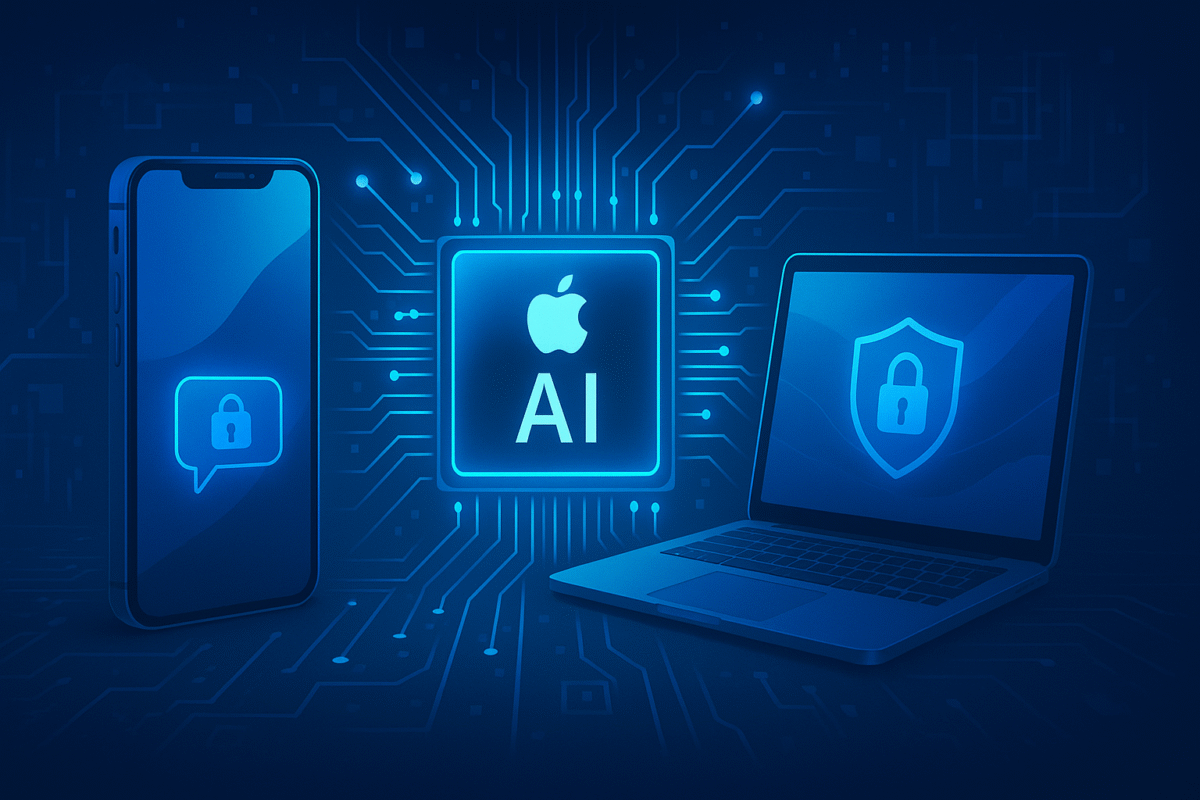
The buzz surrounding GPT-5, OpenAI’s next-generation AI model, is palpable. As successors to GPT-3 and GPT-4, the expectations are sky-high. Sam Altman has hinted at capabilities that could far surpass current AI standards, moving beyond generating text to performing sophisticated reasoning tasks, real-time data processing, and even exhibiting greater contextual awareness.
GPT-5 aims to overcome some of the current limitations of its predecessors, including occasional factual inaccuracies and difficulties with complex logical reasoning. Altman suggests the new model could drastically improve AI’s reliability, helping users make critical decisions in business, medicine, and education with increased confidence.
One of the most exciting aspects discussed is GPT-5’s potential for multimodal capabilities—integrating text, images, video, and even audio processing. Imagine an AI that doesn’t just understand written instructions but comprehensively interprets visuals and sounds, significantly broadening its application scope.
In practical terms, GPT-5 could enhance productivity across numerous industries. For instance, in healthcare, multimodal AI could analyze medical images alongside patient records to provide more accurate diagnoses. In education, it could facilitate personalized learning by tailoring content delivery to individual students’ learning styles.
However, GPT-5’s rollout brings forth critical discussions around ethics, accountability, and the imperative for guardrails to manage potential risks, underscoring OpenAI’s commitment to responsible AI innovation. Developers are being encouraged to engage actively in creating standards and tools for AI transparency, explainability, and user control.
Apple’s AI Leap: A Surprise Move
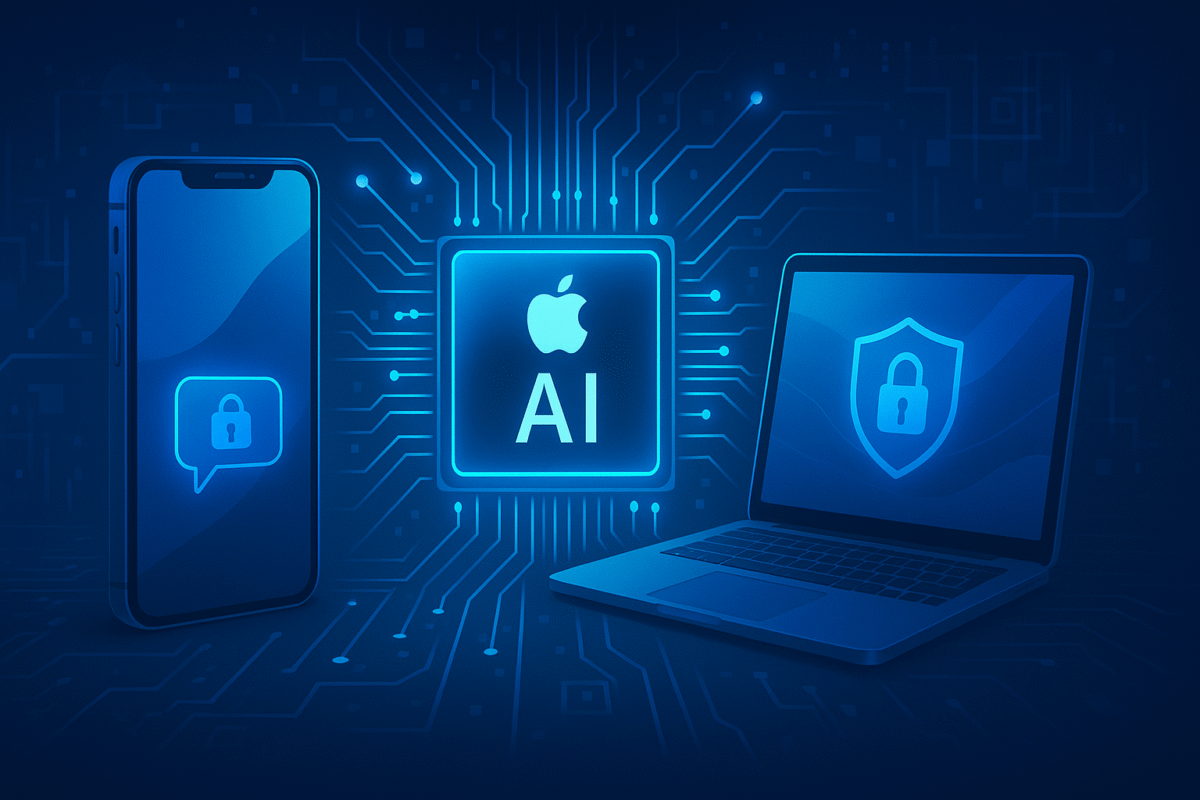
In an unexpected turn of events, tech giant Apple recently stunned the industry by making a significant leap forward in AI. Historically cautious about openly competing in the AI space, Apple’s latest initiatives signal a dramatic shift in strategy.
Apple is reportedly investing heavily in generative AI technologies, including powerful new AI chips designed specifically for advanced machine learning tasks. These chips, likely integrated into upcoming generations of iPhones, Macs, and other Apple devices, promise dramatically improved performance for AI-driven applications like augmented reality, voice assistance, and predictive analytics.
Apple’s commitment to privacy has also shaped their unique approach to AI, emphasizing data protection and user privacy. Unlike some competitors, Apple’s AI solutions aim to process more data directly on-device, minimizing reliance on cloud processing and significantly enhancing data security.
Another intriguing development from Apple involves leveraging AI for health monitoring and wellness applications. Apple’s extensive user base and robust health-tracking ecosystem position it uniquely to lead advancements in AI-driven personal health management, potentially revolutionizing preventive healthcare.
The AI community is closely watching Apple’s moves, speculating whether they can balance rapid technological advancements with their renowned standards of privacy and user experience. Apple’s approach is likely to influence broader industry practices around AI privacy and data usage standards.
Ethical and Regulatory Challenges Ahead
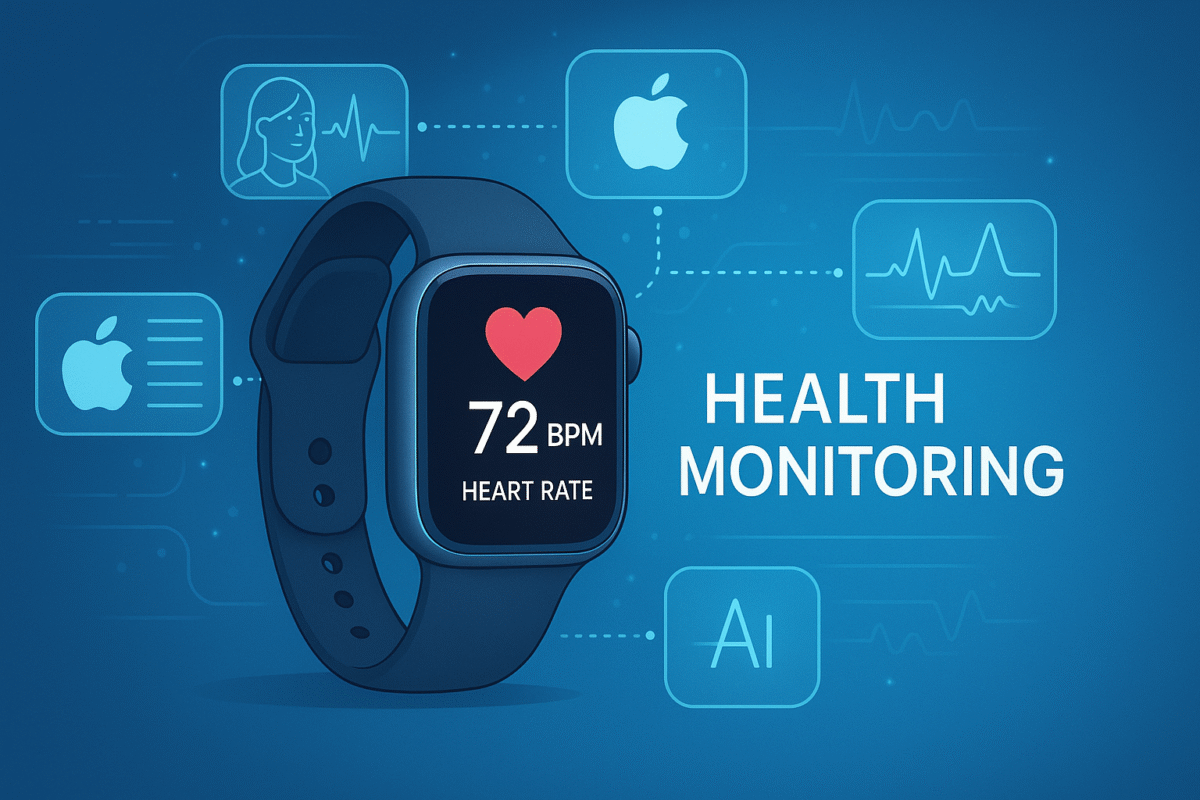
Each of these developments highlights crucial ethical and regulatory challenges. Altman’s “perfect AI” underscores the necessity of rigorous alignment and ethics in AI development, while GPT-5’s ambitious capabilities raise questions about transparency and reliability. Meanwhile, Apple’s strategy brings attention to the delicate balance between innovation, privacy, and performance.
Regulatory frameworks will play a pivotal role in managing these advancements. Policymakers must quickly adapt to these evolving technologies, crafting regulations that promote innovation while protecting society from unintended consequences. Open dialogue between tech companies, regulatory bodies, and the public is more essential now than ever.
Additionally, AI ethics education and awareness among developers and end-users is becoming crucial. Organizations are encouraged to adopt comprehensive AI ethics training programs to ensure AI technologies are developed and used responsibly.
Conclusion: Embracing AI’s Bright and Responsible Future
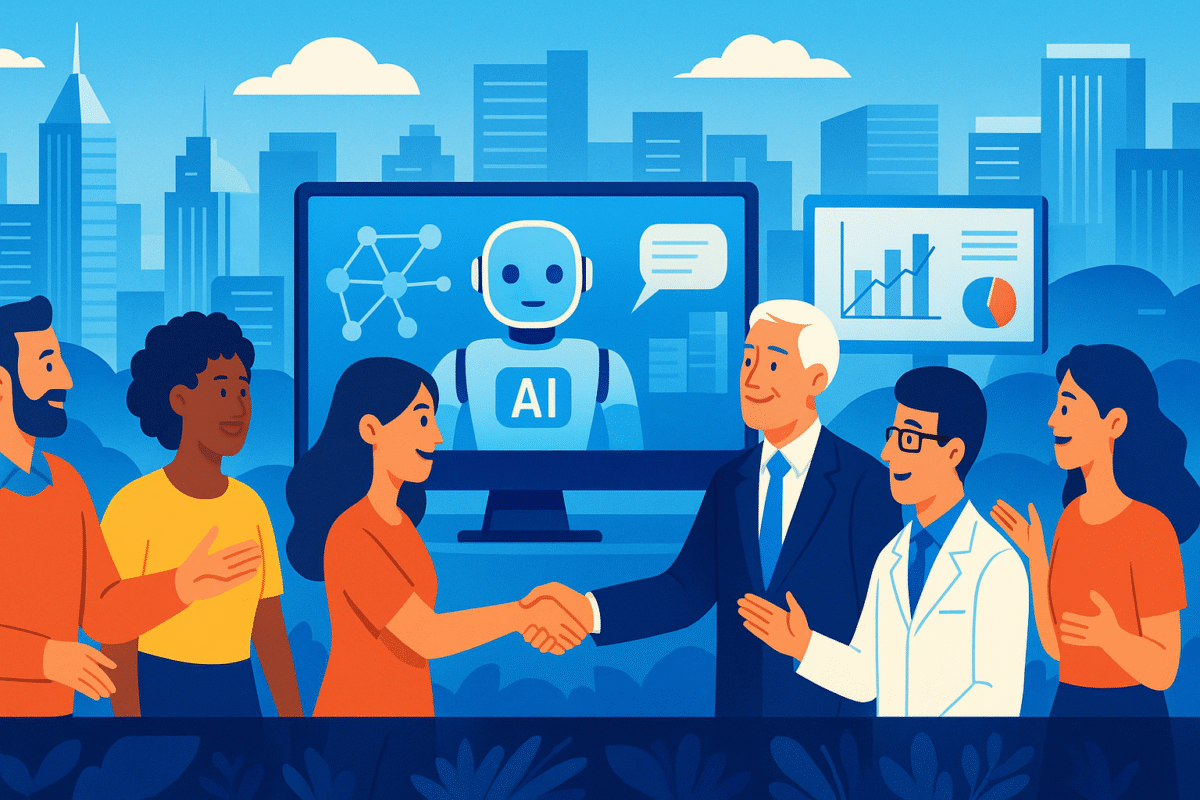
The latest AI news from Sam Altman, GPT-5, and Apple paints a clear picture: we are rapidly moving toward an era dominated by powerful, integrated AI solutions. These technologies promise immense benefits, transforming everyday life, improving efficiency, and solving complex global challenges.
However, this journey isn’t without hurdles. Ethical considerations, responsible innovation, and robust regulation will be critical to ensuring AI’s benefits far outweigh its risks. Staying informed, engaged, and proactive in shaping AI’s future will enable us all to reap its extraordinary potential.
Ultimately, navigating the future of AI requires a collaborative effort. Industry leaders, policymakers, researchers, and the public must work hand-in-hand to shape an AI-driven future that aligns with our shared human values.
Stay tuned as we continue to track and report on the latest developments in the ever-evolving world of artificial intelligence!
People ask for:
- What is Altman’s vision?
- What is Sam Altman’s AGI for the future?
- What did Sam Altman’s AI?
- What is the mission statement of Sam Altman?


